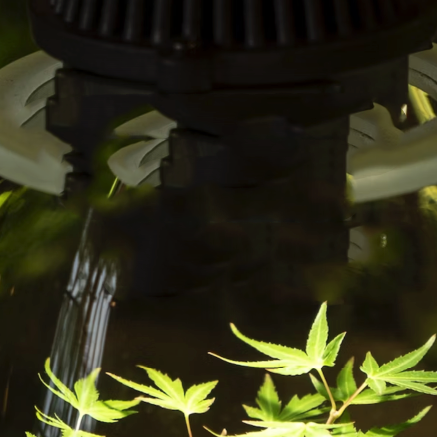All about Molybdenum
Molybdenum (Mo) is a silvery-white metal which has a very high melting point which is why it is often used in high temperature circumstances. When used in an alloy, it greatly increases hardness and strength of the resulting mixture which is why the vast majority of molybdenum is used for this purpose.
Molybdenum is in 2 of the enzymes that plants use to convert nitrate (NO3) into nitrite (NO2) and then into ammonium (NH4). The nitrogen in the ammonium can then be used to make amino acids which are then used to make proteins. Without molybdenum, plants cannot process the nitrates in plant food. The nitrates then accumulate in the leaves and cannot be used. Molybdenum also plays a part in metabolising some other nutrients.
Molybdenum is a mobile nutrient within plants. A molybdenum deficiency looks very much like a nitrogen deficiency. Leaves become yellow and eventually shrivel and drop. The yellowing usually starts at the leaf tips and edges then progresses between the leaf veins. Growth slows down considerably.
An excess of molybdenum can lock out iron and the plant can look like it is suffering from iron deficiency. The leaves, particularly in the new growth, become pale and discoloured. Yellowing may occur between the leaf veins.

